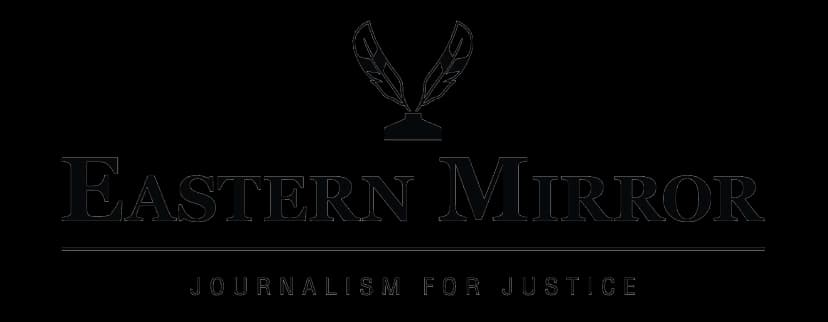WEDNESDAY, JULY 16, 2025
- Home
- The Learning Crisis
The Learning Crisis
Published on Feb 18, 2020
Share
Unicef reports that over 1 billion children across the world attend school every day. More children and adolescents are enrolled in school than ever before. The state of education through these statistics appears highly encouraging, yet for many of the students, schooling does not result in learning. Some of the main culprits of failed schooling are lack of trained teachers, insufficient study materials and poorly constructed classrooms and sanitary facilities. Students may also face hardships at home that impair their ability to focus or even attend classes, whether it’s because of hunger, sickness, exhaustion from work or lack of a healthy and stable support system and the enormous hurdle of poverty. Unicef estimates that 617 million children and adolescents are unable to reach minimum reading and mathematical proficiency even though two-third of them attend school.
In various parts of the world, education opportunities are especially limited for girls; only 66% of countries have achieved parity in primary education. In Nagaland however, the department of School Education has informed that girls outnumbered boys even in higher education- a total of 31,896 students were enrolled in 2018-19, with 16961 females (53%) and 14,935 males. The government of Nagaland, in its annual administrative report 2019-20, reported that INR 5 crore was allocated on upgrading schools in an effort to promote education in the state. Unfortunately, Nagaland has its own set of problems in the education department, from the high number of proxy teachers to the non payment of salaries. There is also disparity in the number of government educational institutions with Dimapur having the highest number of schools in the state at 291 while Longleng has the lowest number, 88. Such scarcity of schools in certain areas leads to inaccessibility for students. These issues and many other factors have amalgamated to substandard teaching and many underperforming students with untapped potentials in our state.
Children and adolescents without the skills learnt from school face the barriers of low earning ceiling and their employment potential significantly reduced, thus, minimising the opportunities to build a better life for themselves and those around them. This learning crisis is one of the greatest challenges in helping children and adolescents become active and working global citizens. As Kofi Annan rightly stated that “education is the premise of progress in every society and in every family”. Not only do individuals gain academic knowledge through education, it also has the power to broaden horizons and understanding, empower the repressed, and provide independence to those who fight for it. True quality education requires safe and friendly learning environment, qualified and driven teachers and instructions in languages students can grasp. Thorough monitoring and feedback must be exercised to ensure that such standards are maintained. Equitable access for all and strong education setups with innovative problem-solving teams are key to attaining true education.

